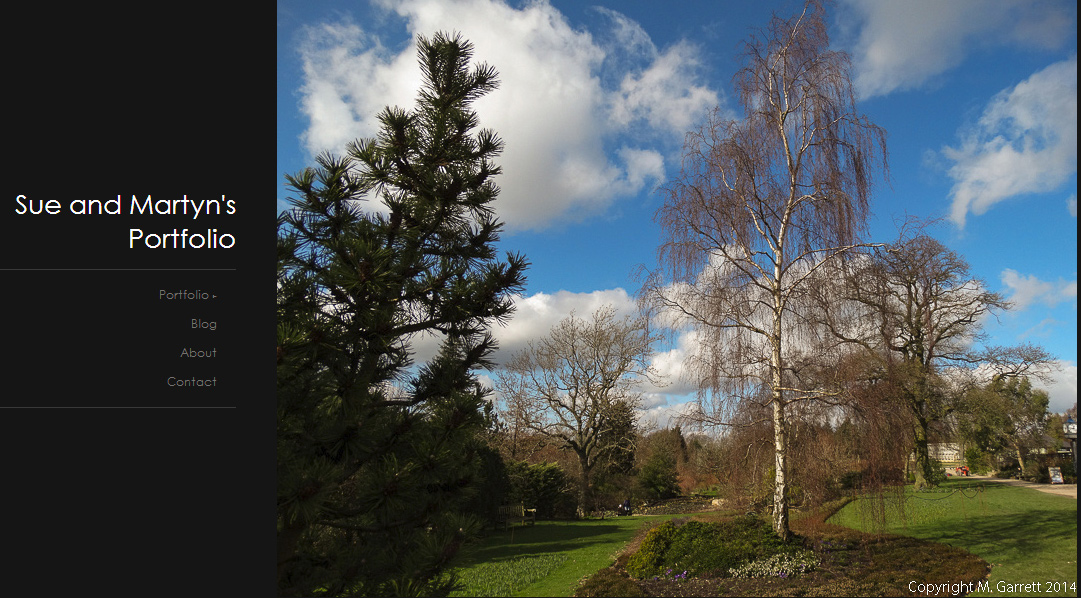In 2006 we planted a couple of figs in large tubs. One was placed in the garden and the other on the allotment and until this year all was well and they were growing strongly.
They stayed outside each winter and each summer new growth appeared.They didn’t produce any useable figs but we could wait and the plants looked great anyway.
All seemed well until this spring when it seemed that both figs had been casualties of last winter’s big freeze.
We waited ‘just in case’ but there was no sign of any regrowth on either plant and so I decided to give up waiting and put something alive in the pot in the garden. If anything was going to happen and the plant wasn't completely dead, I guessed that by early summer there should be some sign of life
Before emptying the pot I decided to cut down the stems but as I started cutting I noticed that the stems were green under the bark and the twigs that I'd started to cut back didn’t seem brittle or dead in the centre.
Deciding to give the plant a bit more time I trimmed back the branches to what seemed to be viable wood. I scraped some of the old compost from the top of the pot and freshened it up with new compost, just to give it an added incentive to grow. So was it dead or alive?
Nothing happened so we figured that maybe it was dead after all. Then, on September 9, as we were sitting by the plant having a coffee, I noticed some tiny green blobs on the ends of some of the branches.
Nothing happened so we figured that maybe it was dead after all. Then, on September 9, as we were sitting by the plant having a coffee, I noticed some tiny green blobs on the ends of some of the branches.
Looking more closely it seemed that some tiny figs were developing on the ‘dead’ branches, which indicated that the plant wasn't yet completely dead.
Well yesterday the fig looked like this:
Some of the tiny figs have grown bigger and some leaf buds have developed. So the plant is definitely alive. Now I guess we will just have to wait and see what happens next spring but we'll be popping the plant into the greenhouse over winter to give it a better chance - it deserves it.
This plant seems to have been in aestivation* - wonder if it was the drought conditions and the fact that we had given up on it and not given it any water. Maybe the rain broke the dormancy. Anyway the will to live was obviously strong!
As for the plant at the allotment - well that is definitely dead - I think - but maybe I shouldn’t throw it on the compost heap just yet. Well you never know do you?
*opposite of hibernation i.e. sleep through summer
*opposite of hibernation i.e. sleep through summer






















































































